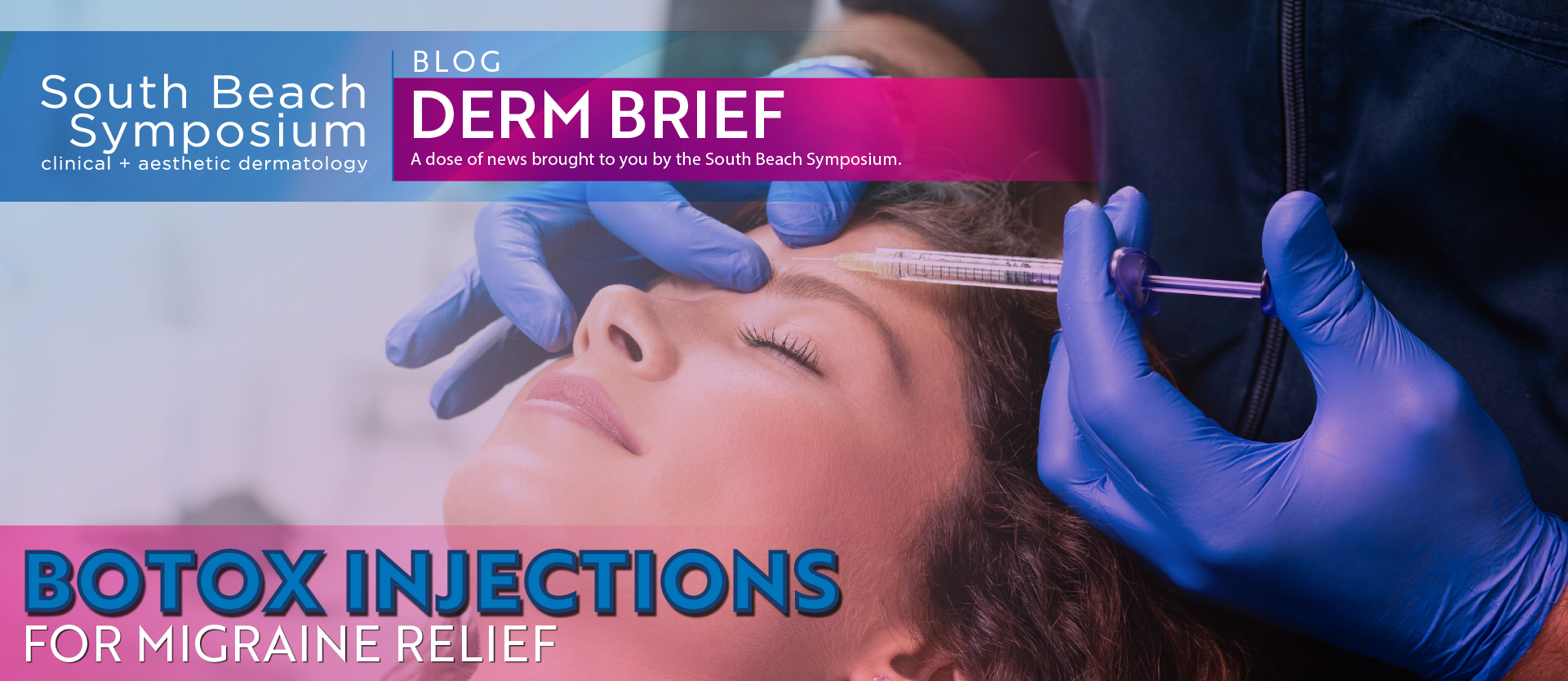Migraine is the 3rd most prevalent illness in the world, with 12% of the population suffering from the condition – or about 1 billion people worldwide. It is the 6th most disabling illness in the world and can prove especially detrimental to quality of life if migraines occur frequently. Although rare, chronic migraine, defined as 15 migraine days a month for a period over three months, affects approximately 3% of the migraine population. Over 4 million people suffer from chronic migraine, which is tied to depression, anxiety, sleep disturbances, and other conditions which can negatively impact patient’s quality of life.
According to research from the Migraine Research Foundation, more than 20% of chronic migraine patients are disabled, while the risk of disability increases significantly with the number of comorbid conditions. Since migraine is such a prevalent and debilitating condition, contributing to both economic and productivity burden, research efforts have sparked the emergence of novel successful treatment methods, including a growing emphasis on Botox injections.
Botox Treatment for Chronic Migraine
Botulinum toxin was first introduced for the treatment of chronic migraine in 2000, when cosmetic procedure patients reported improved headache symptoms after Botox injections. In 2010, two large-scale studies revealed a significant reduction in headache days and an overall improved quality of life associated with the treatment, resulting in FDA approval. More recent research aims to further evaluate the efficacy of Botox as a treatment method for chronic migraine; a meta-analysis investigated results from multiple previous studies and found Botox injections to be beneficial in improving quality of life and significantly reducing the frequency of chronic migraine headaches with few or mild side effects.
Researchers evaluated results from randomized, double-blind, placebo-controlled studies obtained from MEDLINE, Embase, and Cochrane Library databases. The trials compared patients receiving botulinum toxin with those given placebo injections in the head and neck muscles for migraine prevention, with the primary outcome being the change in number of headache days per month.
Chronic Migraine Relief
Out of a total of 17 studies – which included data from over 3,600 patients – the meta-analysis found the benefit of botulinum toxin compared with placebo at 3 months, with a significant mean difference in the change of migraine frequency. Chronic migraine frequency was also diminished at the 2-month mark. Furthermore, an improvement in patient’s quality of life was reported at 3 months follow-up within the Botox treatment cohort. Not only did the study reveal that botulinum toxin type A injections are efficacious at easing chronic migraine symptoms after 3 months, but it also found improvement in patient quality of life with little or mild adverse effects.
The success of Botox at reducing chronic migraine frequency stems from its ability to modify the release of neurotransmitters, interrupting pain pathways by blocking substance P and calcitonin gene-related peptide, among other pain-inducing compounds. Despite their efficacy as a treatment method, botulinum toxin injections do not alter the underlying mechanisms of chronic migraine, although they may provide significant relief for migraine sufferers.
Ideal Candidates and Side Effects
Patients who may benefit from Botox injections for chronic migraine include those for which standard treatments have proven unsuccessful. In patients with chronic migraine, standard treatments such as daily prescription medications in combination or alone, are used prior to trying botulinum toxin treatments. Typically, this method is avoided in patients who experience fewer than 15 headache days per month, however, it can sometimes be used “off label” for other forms of chronic headaches, such as chronic tension headaches.
While research proves Botox is generally well-tolerated among patients, mild side effects may occur. Minor complications associated with the treatment include mild injection-related irritation, temporary eyelid drooping, and changes in facial expression due to diminished forehead lines. However, these side effects can be reduced by changing the location of injections and ensuring patients are appropriate candidates for the treatment.
Although rare, the spread of botulinum toxin from the injection site to other areas of the body can lead to muscle weakness or paralysis. Physicians are advised to refrain from using Botox in patients with muscle weakness conditions who face a higher risk of body-wide reactions.
The primary disadvantage of Botox treatment for chronic migraine is the need for repetitive treatments injected by a medical provider, usually every 3 months to maintain therapeutic effects. Furthermore, some patients may find the need to continue taking prescription migraine medications to ensure optimal results.
As evidenced by recent research, Botox therapy can significantly enhance patient’s quality of life, improving functioning and leading to greater productivity. However, a comprehensive migraine management plan should also include an emphasis on maintaining a healthy lifestyle, avoiding known migraine triggers, as well as using over-the-counter and prescription abortive medications to alleviate migraines already in progress. Nonetheless, Botox is becoming an increasingly common treatment method for chronic migraine sufferers due to being well-tolerated, efficacious, and appearing to be safe for long-term management of chronic migraine conditions with few or no adverse effects.
















